Installing a small jib crane in a narrow work zone requires strategic planning, attention to detail, and a clear understanding of space constraints. Whether you’re outfitting a compact warehouse, automotive shop, or DIY garage, the right installation approach ensures maximum efficiency, safety, and return on investment. This article provides comprehensive guidance on installing small jib cranes in confined spaces while meeting industry best practices for lifting equipment.
Table of Contents
ToggleWhy Choose a Small Jib Crane for Tight Work Zones?
Small jib cranes are designed to fit into areas where larger crane systems would be impractical or too costly. Their compact footprint, high flexibility, and customizable features make them ideal for tasks like material positioning, repetitive lifting, and safe movement of medium-to-light loads.
Key Benefits:
- Space-efficient lifting solution
- Easy to install and operate
- Reduced manual labor and injury risk
- Adaptable to floor, wall, or column mounting
For workshop and garage layouts where every square meter counts, small jib cranes provide ergonomic handling without compromising performance.
Explore practical setups in our guide on Small Jib Crane Models That Maximize Small Floor Plans.
Step-by-Step Installation Tips for Small Jib Cranes
1. Evaluate the Site Conditions
Before installation, perform a site survey to determine:
- Floor thickness and strength (minimum 6” reinforced concrete is typical)
- Overhead clearance and ceiling obstructions
- Structural integrity of mounting surfaces (for wall- or column-mounted types)
- Required lifting radius and hook height
This evaluation helps identify the most suitable jib crane type, such as floor-mounted, wall-mounted, or an Articulated Jib Crane – Wall Mounted.
2. Choose the Right Jib Crane Configuration
Small jib cranes are available in various configurations. Choose one based on your workspace limitations:
- Freestanding Jib Crane: Offers 360° rotation; ideal for open floor spaces.
- Wall-Mounted Jib Crane: Space-saving; ideal for narrow zones.
- Mast-Type Crane: Combines support from floor and ceiling beams.
Compact and portable models are covered in our post on Small Jib Crane for Portable and Flexible Lifting Needs.
3. Prepare the Foundation or Mounting Surface
A solid foundation ensures crane stability and operator safety. Depending on the mounting type:
- Floor-mounted cranes: Ensure foundation is level and reinforced.
- Wall-mounted cranes: Verify that the wall or column can handle the load torque.
- Ceiling-mounted cranes: Confirm beam capacity through structural analysis.
Using the right installation tools, such as torque wrenches and how to use ratchet tie down straps, is essential for safe and accurate setup.
4. Assemble and Align Components
Assemble crane components, ensuring:
- Boom is level and aligned
- Mast is plumb and bolted securely
- Hoist and trolley move freely without obstruction
- Rotation stops are installed to prevent wall collisions
Professional installers should follow the manufacturer’s manual and double-check bolt torque values and safety features.
5. Electrification and Controls
Depending on the model, your small jib crane may be powered by:
- Manual push/pull
- Electric motor
- Pneumatic power
If using electrification:
- Route festoon cables properly
- Install push-button control pendant
- Test hoist lift/lower functionality
Be sure the power system meets local electrical codes and is positioned safely outside of load paths.
Safety and Maintenance Guidelines
After installation, routine checks and preventative maintenance are crucial to extend the crane’s lifespan and keep operators safe.
Maintenance Tips:
- Lubricate hoist and trolley regularly
- Check fasteners for signs of loosening
- Test braking system and limit switches
- Inspect wiring and festoon tracks
Learn more about essential lifting equipment inspection routines.
Ideal Use Cases for Small Jib Cranes
Some narrow-zone applications where small jib cranes excel include:
- Assembly stations in manufacturing
- Small parts handling in automotive repair shops
- Garages for engine or tool lifting
- DIY workshops with vertical space constraints
For hobbyists and professionals alike, explore our article on Small Jib Crane Choices for DIY & Light-Duty Workshops.
Maximize Productivity in Tight Spaces
Proper installation of small jib cranes in a narrow space enables your team to:
- Reduce manual strain
- Speed up repetitive lifts
- Enhance safety
- Free up floor space
Whether your workspace has low ceilings, limited floor area, or a tight budget, small jib cranes offer unmatched value. For confined environments, also see Small Jib Crane Design That Fits into Low-Ceiling Rooms.
Conclusion: Get the Right Jib Crane for Your Space
A small jib crane is a smart investment for operations that demand flexibility, safety, and space-saving functionality. By choosing the right configuration and following proper installation procedures, you can enjoy years of reliable performance.
Ready to explore more options? Browse more crane products or consult with experts to choose the perfect small jib cranes for your work zone.

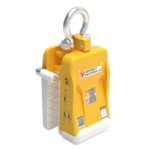
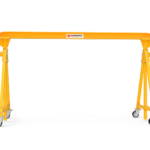
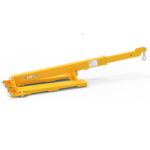
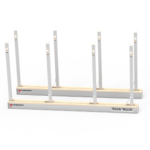
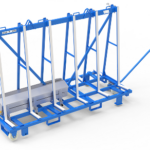

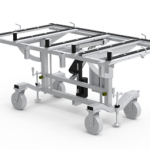
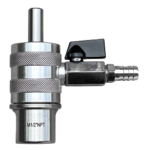
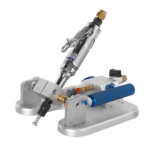
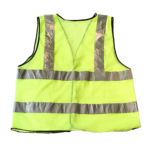

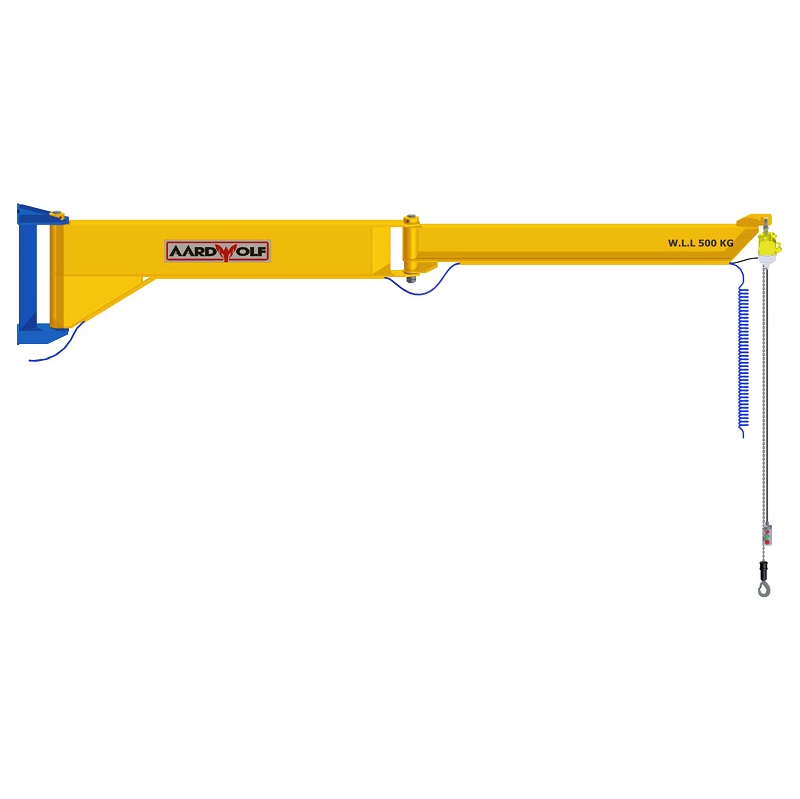
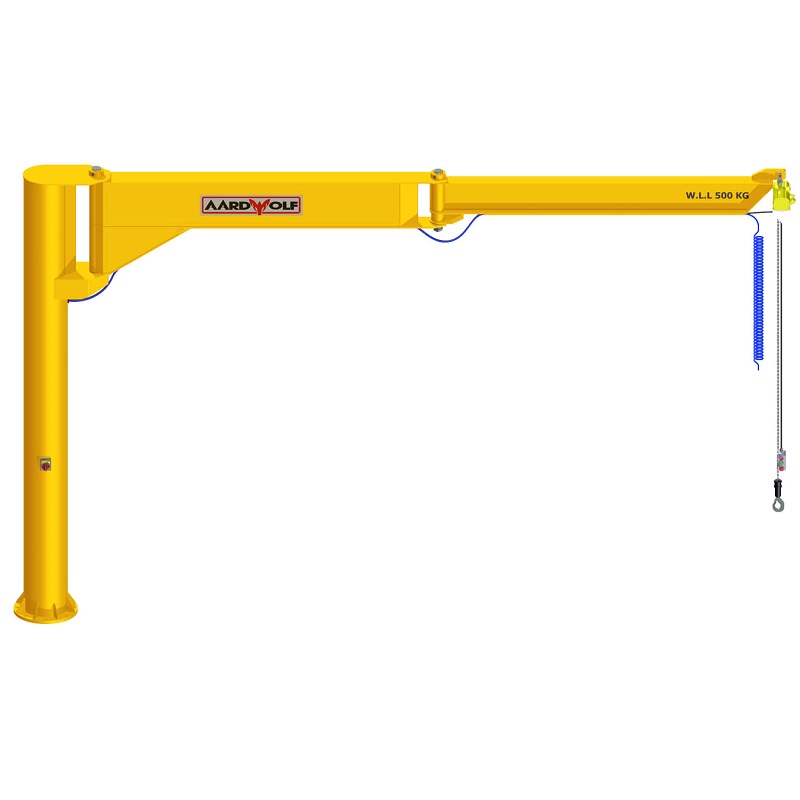

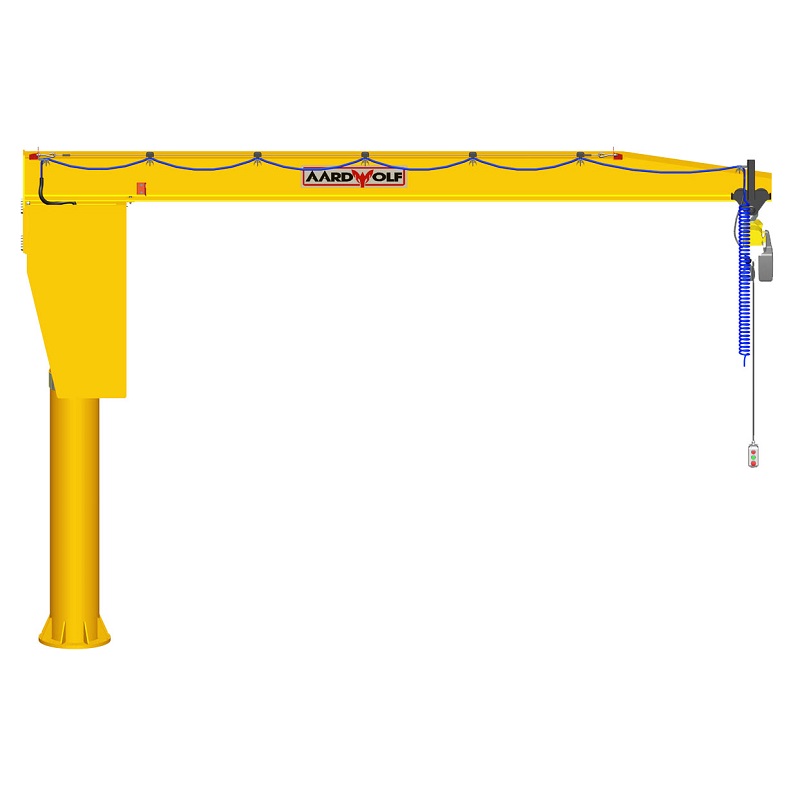
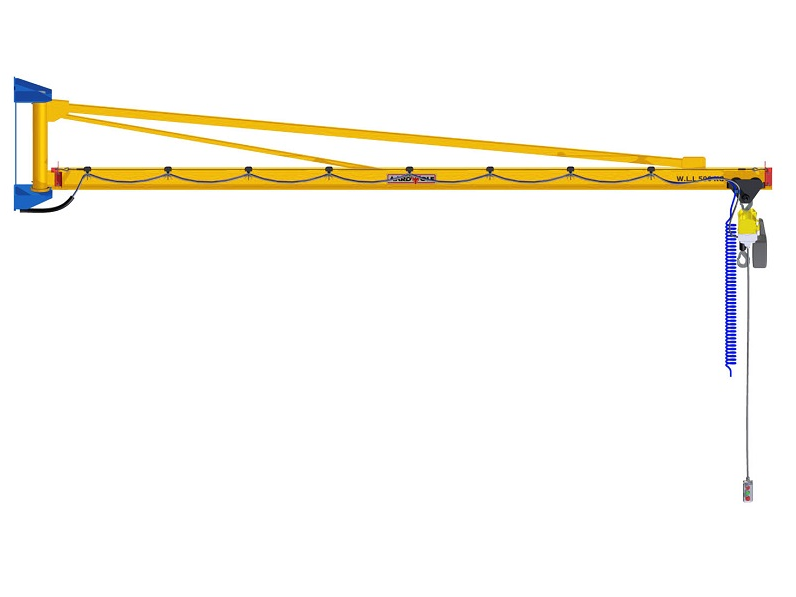

Please log in to leave a comment.